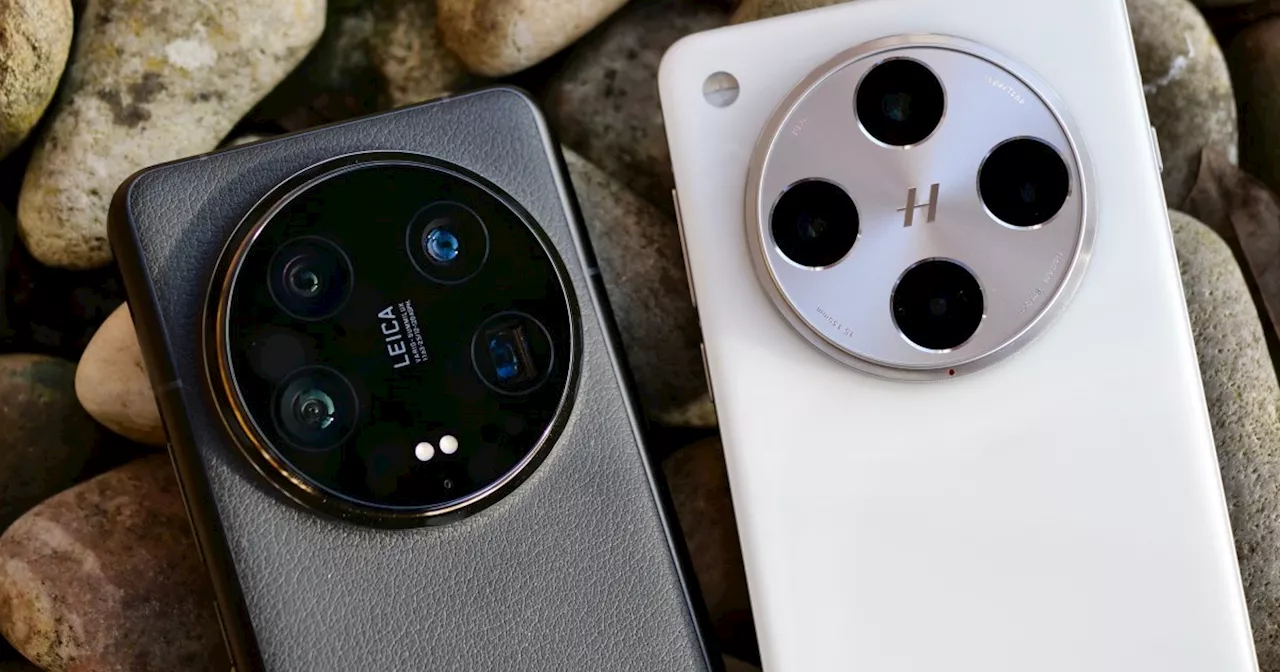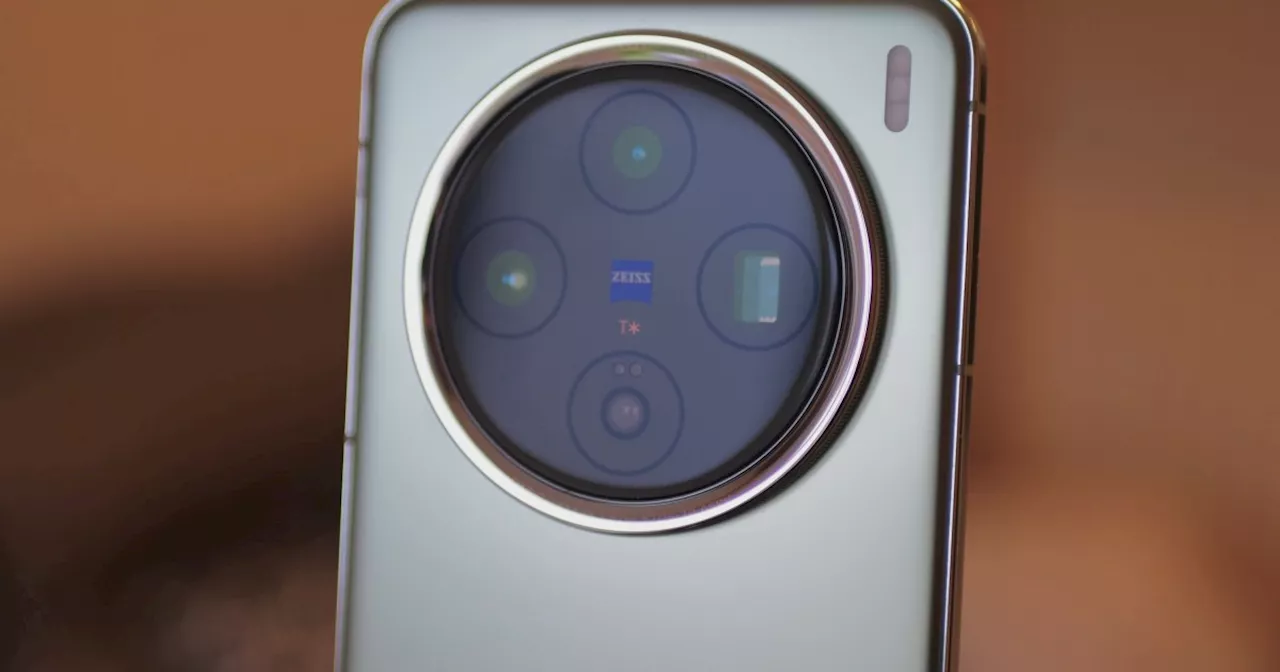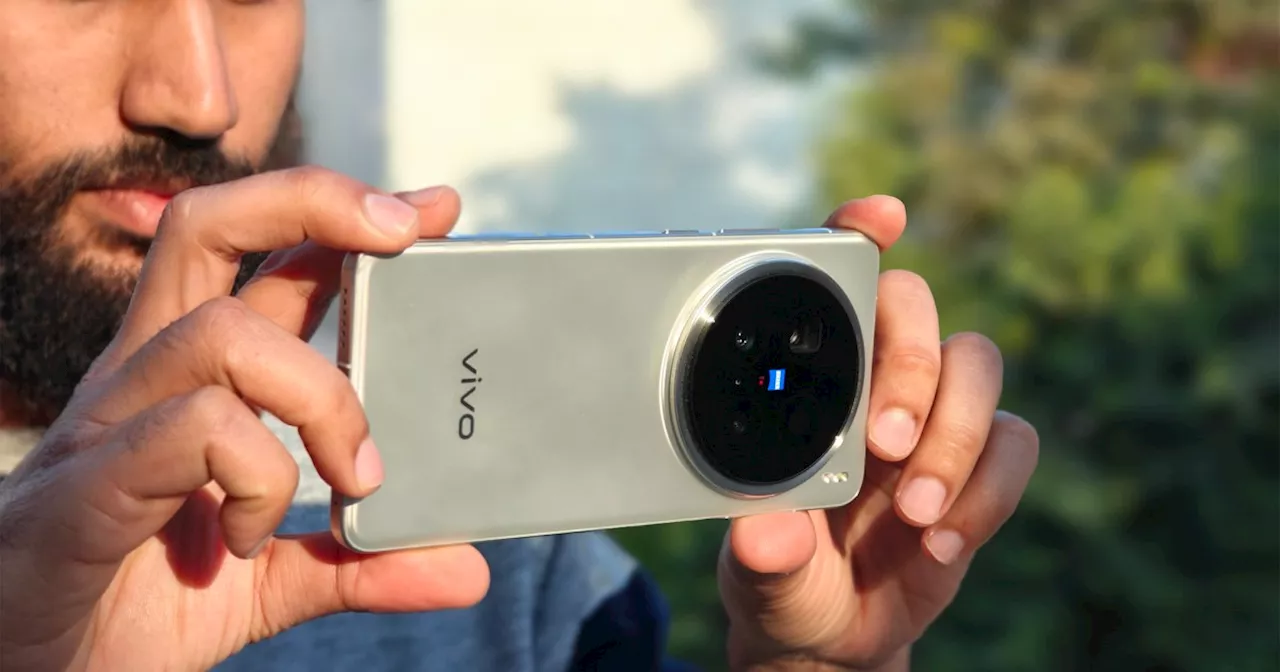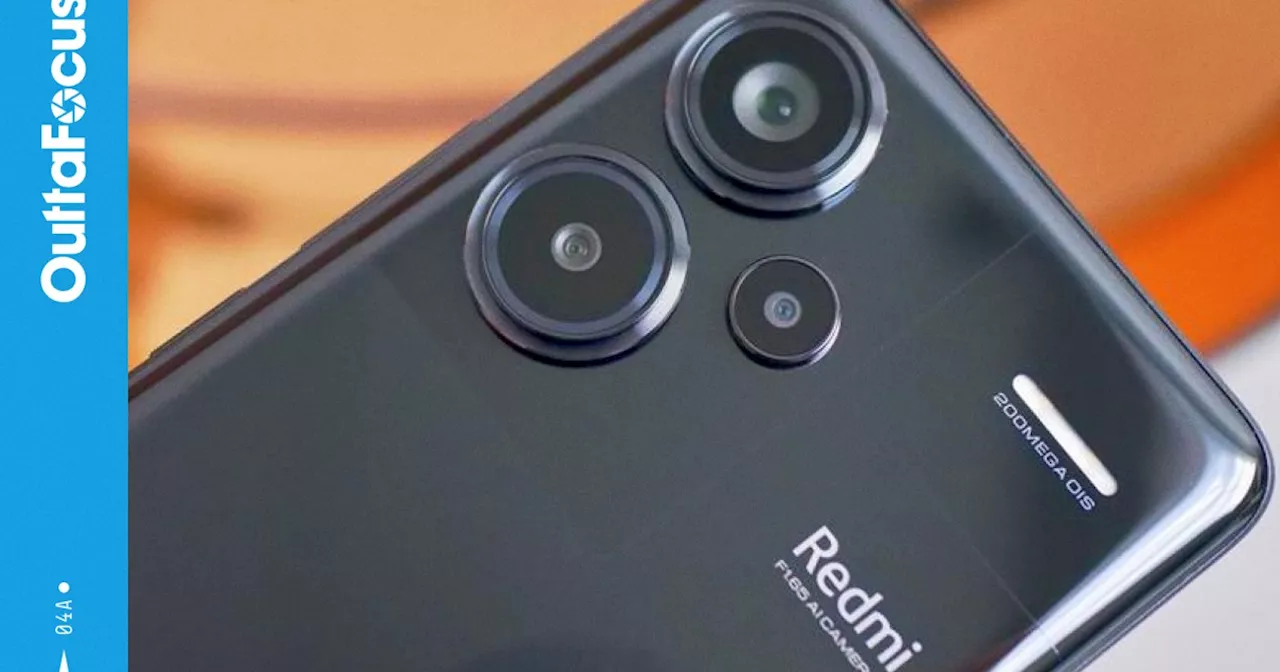The author urges phone manufacturers to stop using low-resolution 8-megapixel wide-angle and 2-megapixel macro/depth cameras in their devices, arguing that these sensors provide inadequate image quality and are often included to artificially inflate the perception of camera capabilities.
Let's make a New Year's resolution, phone companies. We can do it together. You will stop putting disappointing and/or useless cameras on the back of your phones, and I will stop complaining about them. I’m specifically talking about 8-megapixel wide-angle cameras and 2MP macro/depth cameras, and it’s hardly believable that I’m having to say it as we enter 2025.
It is not the first time I’ve said this This is not the first time manufacturers will be hearing about this, so they can’t feign surprise. At the end of December 2022, I implored device manufacturers to “keep terrible 8MP wide-angle cameras off my phone” in 2023, and at the beginning of 2021, Digital Trends’ contributor Christian de Looper wrote, “phone makers, please stop putting terrible macro cameras in your cheap phones.” Related Yet, here I am at the beginning of 2025, asking the same thing, as the cameras we’ve complained about over the last four years are still making an unwanted appearance. These cameras are bad for different reasons but are likely still used for the same reason — to make midrange phones appear to have more competent cameras than they do. After all, the iPhone has three cameras, so all other phones need three cameras too, regardless of price. Perhaps you need a glimpse of the rogues gallery to understand I’m not exaggerating? The OnePlus 12R, Poco X6 Pro, and Samsung Galaxy M35 all have the dreaded 8MP wide/2MP macro combo, while many of the Motorola G series phones and the Realme GT 6 have an 8MP wide-angle camera, and phones like the Infinix Zero 40 still pad the camera module out with a 2MP depth camera. All these phones were announced in 2024. In fairness, the 8MP wide-angle on the OnePlus Nord 4 wasn’t completely awful, but there’s still only so much the lowly sensor can d
SMARTPHONES CAMERA TECHNOLOGY MOBILE PHOTOGRAPHY LOW-RESOLUTION SENSORS MANUFACTURING PRACTICES
United States Latest News, United States Headlines
Similar News:You can also read news stories similar to this one that we have collected from other news sources.
 Key Lime Air Jet Told to 'Stop, Stop, Stop' as Delta Takes Off at LAXA Key Lime Air jet was ordered to stop by air traffic controllers at Los Angeles International Airport (LAX) as a Delta aircraft took off from the same runway. The incident, captured on video and audio, shows air traffic controllers urgently calling out to the Key Lime Air pilots to 'Stop, Stop, Stop.' The jet immediately stopped and then proceeded after a few moments. No one was injured.
Key Lime Air Jet Told to 'Stop, Stop, Stop' as Delta Takes Off at LAXA Key Lime Air jet was ordered to stop by air traffic controllers at Los Angeles International Airport (LAX) as a Delta aircraft took off from the same runway. The incident, captured on video and audio, shows air traffic controllers urgently calling out to the Key Lime Air pilots to 'Stop, Stop, Stop.' The jet immediately stopped and then proceeded after a few moments. No one was injured.
Read more »
![]() The ‘Perfect’ Travel Camera Might Not Be One Camera, But ThreeThe 'perfect' travel camera might not be one camera at all, but a mix of three action cameras and your smartphone.
The ‘Perfect’ Travel Camera Might Not Be One Camera, But ThreeThe 'perfect' travel camera might not be one camera at all, but a mix of three action cameras and your smartphone.
Read more »
 This new Android phone almost beat my favorite smartphone camera of 2024Can the Oppo Find X8 Pro's impressive camera beat my favorite camera phone of 2024 in a major test? I found out, and was surprised at how close it was.
This new Android phone almost beat my favorite smartphone camera of 2024Can the Oppo Find X8 Pro's impressive camera beat my favorite camera phone of 2024 in a major test? I found out, and was surprised at how close it was.
Read more »
 This Vivo phone has the most exquisite camera design I’ve seenThe Vivo X200 may not be the flagship, but Vivo has outdone itself with the camera module's design. Here's all the news about it and the Vivo X200 Pro.
This Vivo phone has the most exquisite camera design I’ve seenThe Vivo X200 may not be the flagship, but Vivo has outdone itself with the camera module's design. Here's all the news about it and the Vivo X200 Pro.
Read more »
 Vivo X200 Pro: Pushing the Boundaries of Phone Camera TechnologyThe Vivo X200 Pro boasts impressive camera upgrades, including a new Sony LYT-818 sensor for sharper photos and a groundbreaking 200MP telephoto camera with a Samsung ISOCELL HP9 sensor. These advancements aim to elevate smartphone photography, challenging the dominance of traditional cameras.
Vivo X200 Pro: Pushing the Boundaries of Phone Camera TechnologyThe Vivo X200 Pro boasts impressive camera upgrades, including a new Sony LYT-818 sensor for sharper photos and a groundbreaking 200MP telephoto camera with a Samsung ISOCELL HP9 sensor. These advancements aim to elevate smartphone photography, challenging the dominance of traditional cameras.
Read more »
Jets' New Year's Resolution: Stop the LeaksPeter Schrager suggests that the New York Jets' primary focus for the New Year should be to eliminate media leaks originating from the team. He emphasizes the long-standing issue of information leaks and calls for the identification and removal of the source.
Read more »
